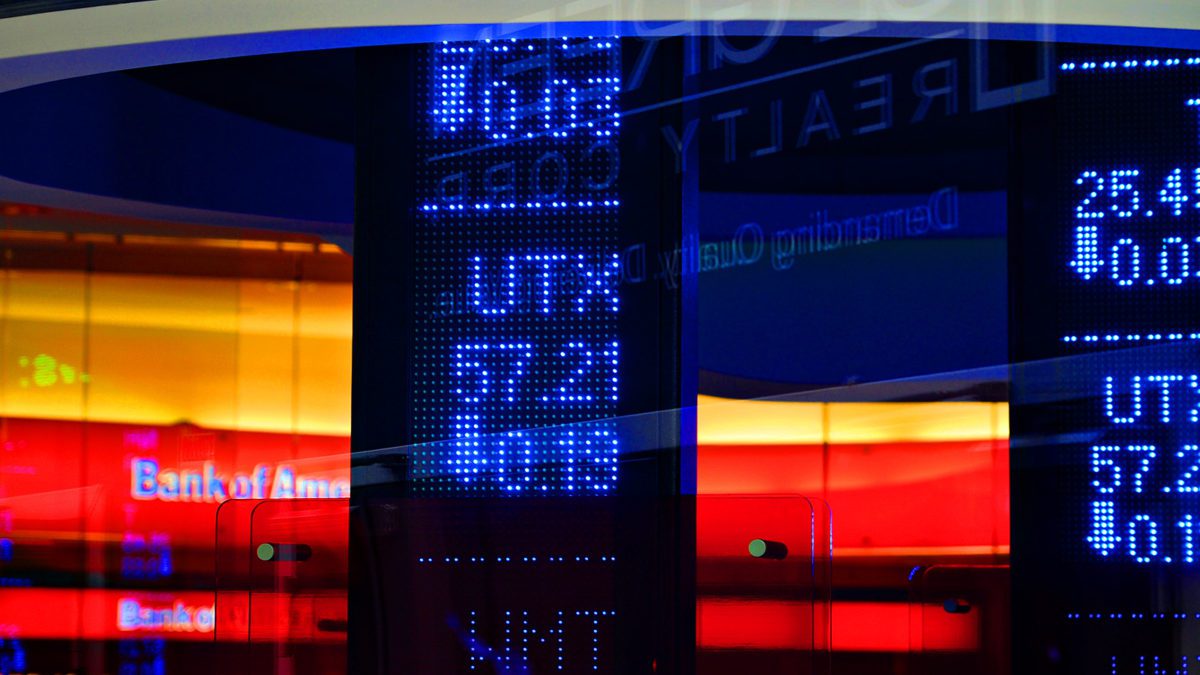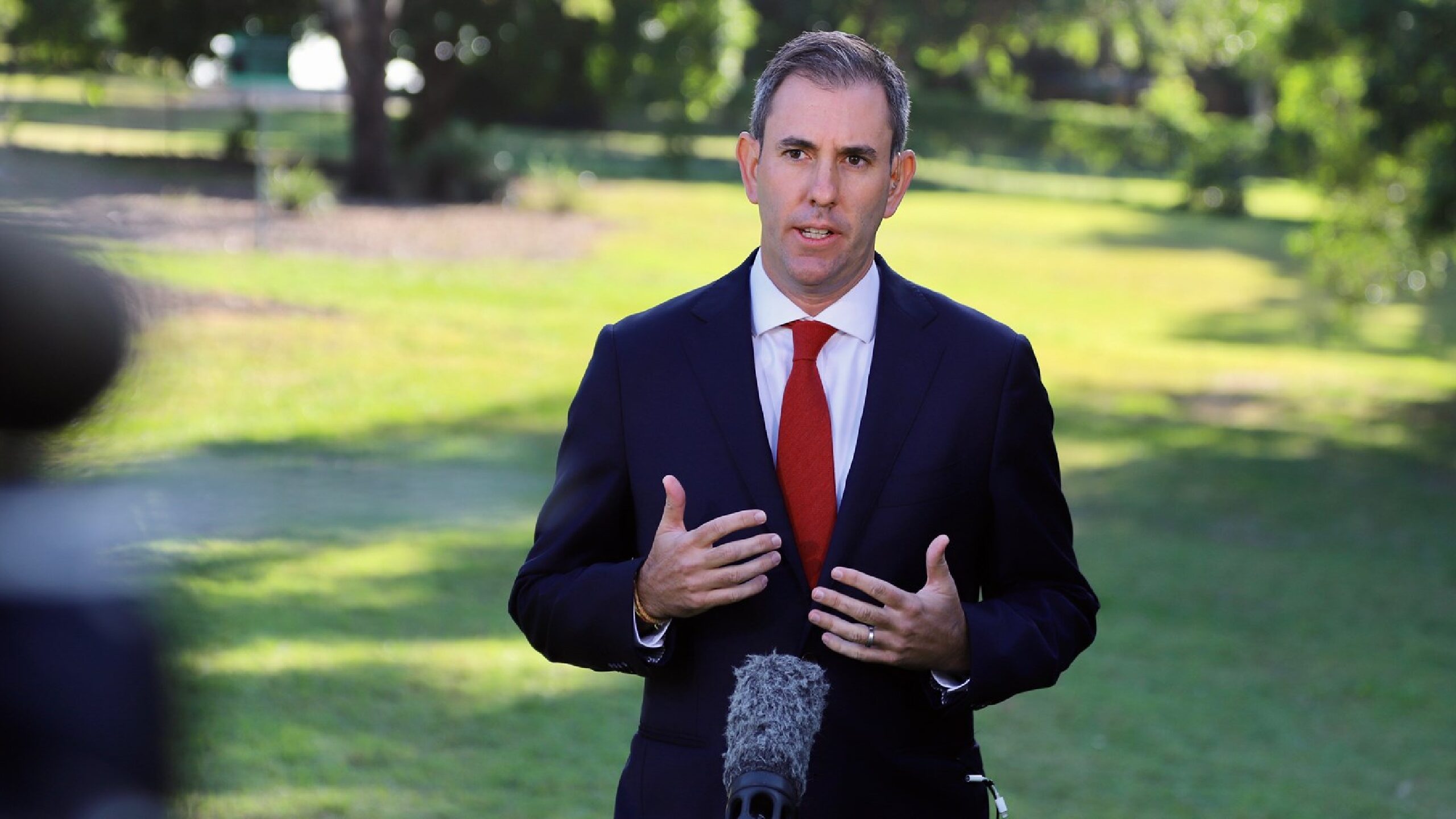US inflation settles, relief beckons for investors
US inflation decelerated more than expected in July, easing pressure on central banks to continue hiking interest rates and adding more fuel to the current market rally.
The Consumer Price Index (CPI) recorded an annual increase of 8.5 per cent, a softening from the record 9.1 per cent in June. Analysts were expecting an 8.7 per cent print, and a 0.2 per cent monthly increase.
The primary driver of the undershoot was falling fuel and gas prices, which were offset by increases in food and shelter. Interestingly, goods inflation fell by 0.5 per cent while services increased by 0.3 per cent.
Core CPI, which removes the volatile food and energy components, increased 0.3 per cent from June and 5.9 per cent from a year ago.
Both headline and core inflation are well above the 2-3 per cent band targeted by most central banks. Nonetheless, markets cheered the result. Bonds rallied and the S&P/500 added 2.13 per cent.
The tech-heavy NASDAQ 100 is now in a bull market, rising over 20 per cent since it bottomed in June. The index is still down 19 per cent since its all-time high in November.
Markets subsequently shifted from expecting a 75 basis point rate hike in September to a 50 basis point move.
If central banks don’t need to hike rates aggressively, this is a net positive for risk assets like property and equities.
The latest headline inflation result represents just the second deceleration in US inflation this year and signals that the worst of the price increases could be in the rearview mirror.
It also comes on top of a positive US jobs report last week where the unemployment rate fell to 3.5 per cent and 528,000 jobs were added.
This is welcome news for the Reserve Bank of Australia (RBA), which has previously cited international pressures as fuelling much of the inflation at home.
Easy tiger
The bullish reaction of markets should be taken with a pinch (or a tonne) of salt. Rising asset prices represent a loosening, rather than a tightening of financial conditions, which is the opposite of what central banks are trying to accomplish.
Should investors be able to go and buy stocks, it’s likely central banks will favour being more aggressive in their pursuit to tame inflation.
While inflation could have peaked, the jury is out on how long it will take to return back to central bank targets. Rent – the biggest contributor to US CPI – remains elevated due to a housing shortage.
Risks of further supply-side pressure remains, with China in and out of lockdown and war in Europe causing energy uncertainty.
Unemployment is exceptionally strong, adding pressure on wages which would prevent the sudden inflation retraction the market is hoping for.
Current RBA forecasting expects inflation to return to 4 per cent in 2023 and 3 per cent in 2024.
Over in the US, Minneapolis Fed President Neel Kashkari poured cold water on market expectations that inflation would rapidly return to the Fed’s 2 per cent target and rates would be eased in the second half of 2023:
“I think a much more likely scenario is we will raise rates to some point and then we will sit there until we get convinced that inflation is well on its way back down to 2 per cent before I would think about easing back on interest rates”.
The Fed will need to be sure the trajectory of inflation has changed before slowing let alone reversing rate increases. But the idea of a soft landing is truly on the table which will be music to the ears of both central banks and investors.










